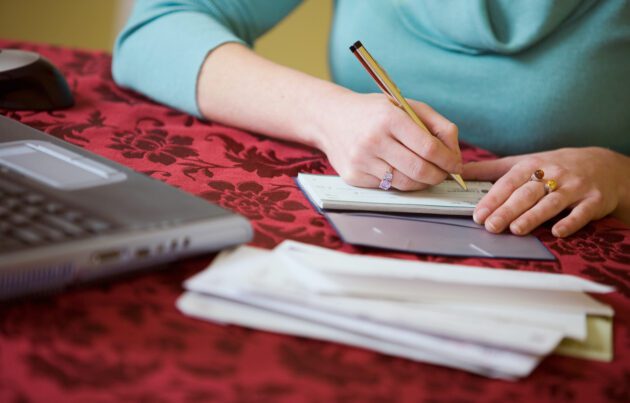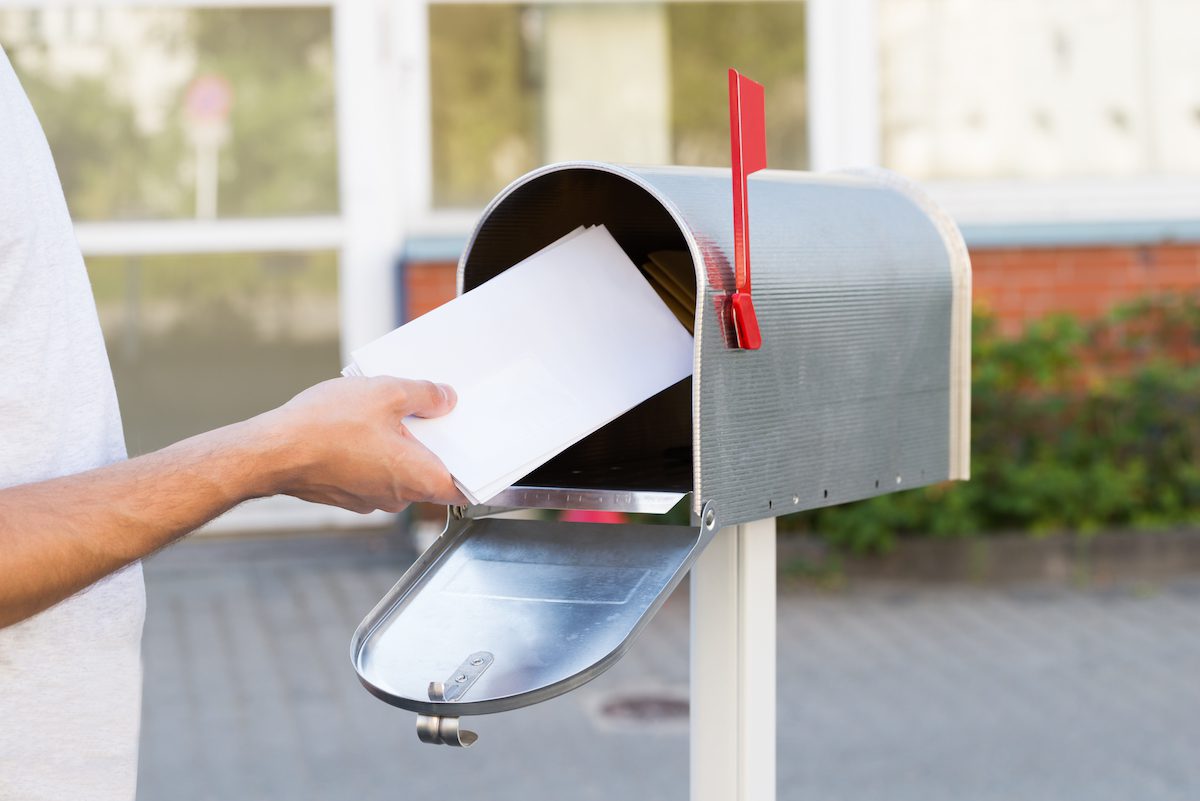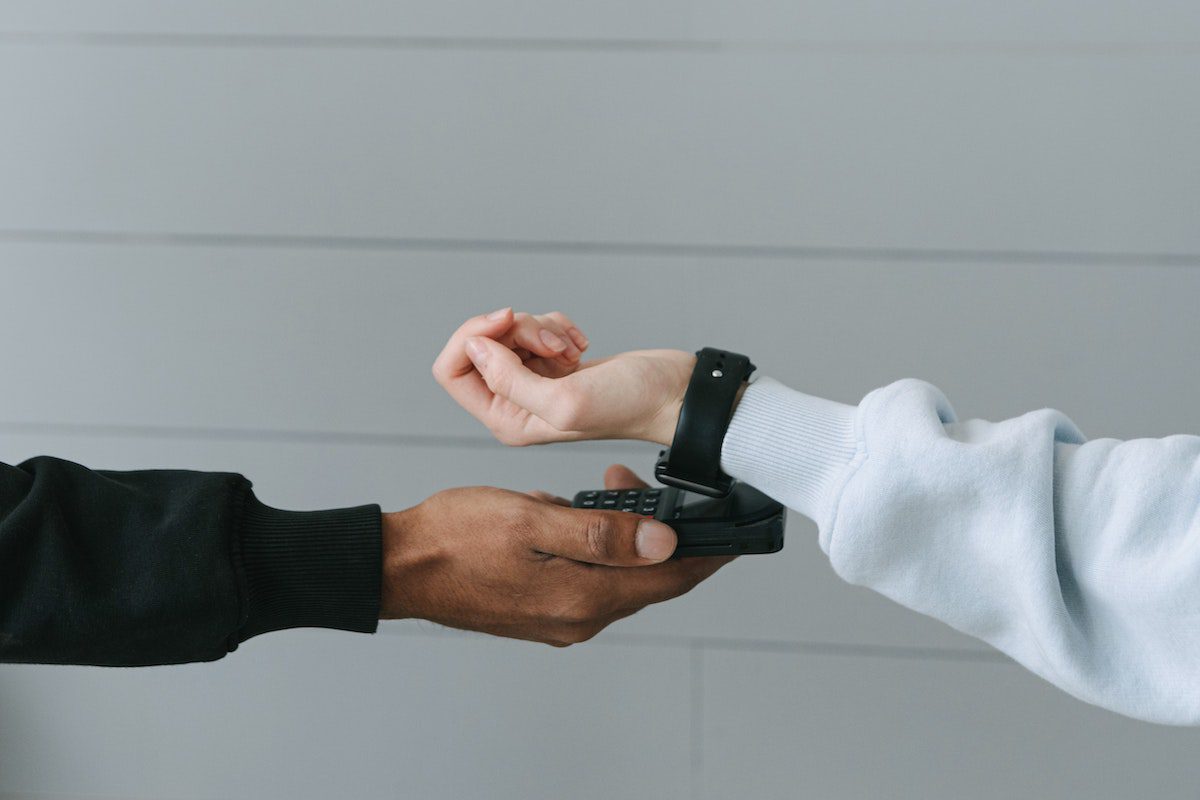What To Include on a Payment Receipt for Rent
When it comes to rent, payment is everything, and non-payment is a headache waiting to happen.

As a landlord, you want to make sure the rental payment process is as efficient as possible. The payment method should work for your tenant. You want easy payments. And, you want to maintain a proper paper trail to acknowledge when the tenant makes a rental payment.
There are a lot of pieces to pull together for this process, but the one that many landlords forget is creating a rent payment receipt.
What is a rent receipt?
A rent receipt is a document that acknowledges payment for rent. Use it as proof of payment for income tax purposes, or to show that the tenant paid rent in full.
It's also a helpful way to accurately document late payments and partial payments should they occur at any point. They're helpful for record-keeping for both the landlord and the tenant, as well.

Why are rent receipts important for landlords and tenants?
A rent receipt is more than just proof of payment. It can help prevent disputes about whether the tenant paid rent in full or not. By including all of the relevant information on the rental receipt, you can make sure that there's no confusion about what they paid and when. It ensures your tenant is keeping up with the terms in the rental agreement and can provide evidence should you need to take any action against them.
Since they can play such an important role for both accounting purposes and compliance with the lease agreement, keep payment receipts in a safe place. If you're allowing tenants to make electronic payments, make sure to create a digital paper trail of receipts. If you accept cash, check or money order as an approved payment type, keep track using receipt books or even record-keeping software.
Getting a tax deduction with a rent receipt
One reason your tenant may way to have proof they paid rent is that certain state and local laws give them a tax deduction. Your tenant may get to deduct rent payments from their taxes, which is why they may ask for a monthly rent receipt even if you don't provide one automatically.
Allowing your tenant access to this deduction by providing receipts even if not legally required is an easy way to maintain a strong tenant-landlord relationship. It's a courtesy you can offer that benefits you, too.
Does a landlord have to give a rent payment receipt?
There's no universal law that requires landlords to give tenants a rent receipt, but it's generally recommended that landlords do so since it's the only proof of payment.
There are also certain states that require landlords to issue receipts, especially if the tenant pays with cash. Cash payments are very hard to track and verify without rental receipts which could pose a problem for both you and your tenant.
For example, if a tenant claims they've paid rent on time every month, but you know they haven't and want to charge late fees, you have no evidence to back up your claim. If you provide rent receipts with the date paid included, you do.
Another situation where a rent receipt comes in handy is if your tenant hasn't paid rent and you're working with a law firm to potentially evict them. Having a receipt system in place enables you to show the gaps throughout the rental period, when the tenant didn't pay, to prove your case.
How do I write a rent receipt?
If you require receipts, the best thing to do is use a template. This ensures that the same information gets included each month. A rent receipt is something you create or you can get it auto-generated from an online payment portal.
To fill out a rent receipt, you'll need to include the following information:
- Your name or the name of your property manager, address and phone number
- Tenant name and the rental property address, including unit number if applicable
- Date of payment
- Amount of payment received
- Description of payment (e.g. rent for January)
- How you received payment (cash, check, etc.)
- Payment details (whether this was a full payment or partial payment and whether you received rent on time)
- Signature of landlord or property manager
For easier tracking, you may want to consider creating a receipt ID system that you'd also include. Something like you'd see on an invoice. You could use the first two letters of the tenant's last name, the month and the year to help keep receipts straight. So, if your tenant's name was Jane Doe, and they were paying rent for January of 2022, the receipt number would be DOJAN22.
You can also add a space on the receipt to note extra fees paid, so if they paid the rent late, for example, you can highlight that the extra $50 (or whatever fee you've listed in the lease) was also included.

Sending your rent receipt
If you're sending your rent receipt via email, be sure to include all of the relevant information in the body of the email, as well as a formatted attachment that includes the actual payment receipt all filled out. This will ensure that there's no confusion about how much and when you received payment. It also gives your tenant both a digital receipt and a printable rent receipt for their own records.
Using a rent receipt template, you can make sure you never forget any important piece of information, in addition to having consistency within your records. You have the option to create your own rent receipt template, but it might be easier to use something already generated.
If your receipt is going out in snail mail, make sure you've got a copy for yourself for your records. Send it out in a timely manner so your tenant can also keep track of their payments received.
Receipts for all the rent payment types
No matter how your tenants pay rent, you should issue a receipt. They can look different for different payment types, but you can just as easily add a line to your blank template, indicating what format the payment came in as.

Cash payment
Cash is probably the least common way to collect rent. This is simply because most people don't carry any around anymore. Cash is now an "emergency" way to make a payment, with many people carrying less than $100 for those few vendors who still won's accept cards.
However, if you accept cash payments, this is the payment type that most requires receipts. Cash has no paper trail, so there's no way to prove payment without a receipt.
Check
Checks make things a little easier on everyone. They're something a tenant can write at home, pop in the mail and send your way when rent is due. The money is readily available so it won't interrupt your cash flow, either. And, now that you can deposit checks remotely with your phone, they're pretty hassle-free.
While you'll have a paper trail for rent checks via the deposit receipt your bank will give you, tenants still need proof of payment. If you have your tenants mail your checks, make sure you generate a receipt with the date they wrote the check, in addition to the day you received it.
Money order
Money orders are similar to checks, but a tenant can't write them themselves. They'll have to visit either a post office, their bank or even a convenience store to get a money order. A money order also comes with a fee. Usually, somewhere between $0.35 and $2.00, it's not much to ask tenants to pay for the security of a money order.
Unlike with a check, a money order can't get issued without the actual money for the money order being exchanged. This gives you proof that the money will be available when you make the deposit. Money orders don't bounce (but checks can).
While there will be plenty of proof of a money order exchange when it comes to paying rent, having a receipt proves the tenant gave you rent and you received it.

Digital payment
Digital payments don't only have to come from a digital rent collection service. There are a variety of options that don't go through another vendor, including:
- Venmo
- Zelle
- Apple Pay
- PayPal
- Square
You can even set up a direct deposit through an ACH transfer so rent comes from your tenant's bank account each month and goes right into yours.
These options are particularly useful when talking about rent receipts. A digital paper trail gets created immediately and automatically. It can serve as evidence of the transaction even before you have time to send out a receipt.
Establishing proof of paid rent matters
When it comes to renting, it's all about getting paid. And as a landlord, you want to make sure the transaction happens in the most efficient way possible, with no room for dispute. That's why it's important to utilize a rental receipt for rent to track when a tenant pays.
By issuing a payment receipt as part of your rent collection process, you can make sure that there's no room for conflict to arise when it comes to whether or not rent got paid.
